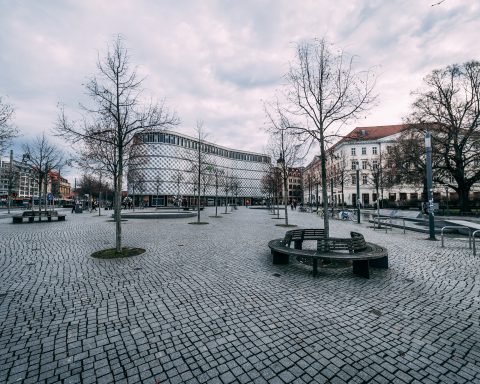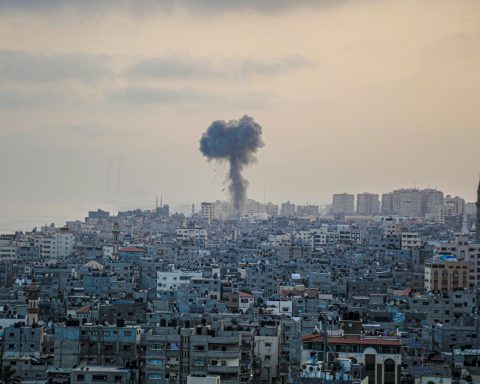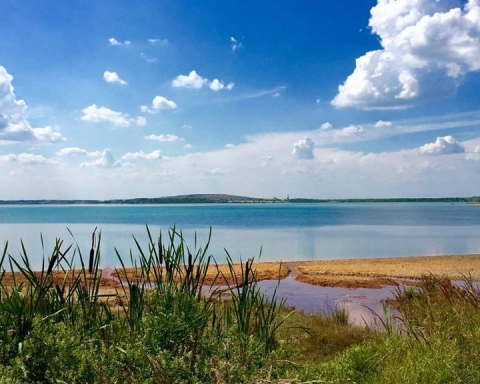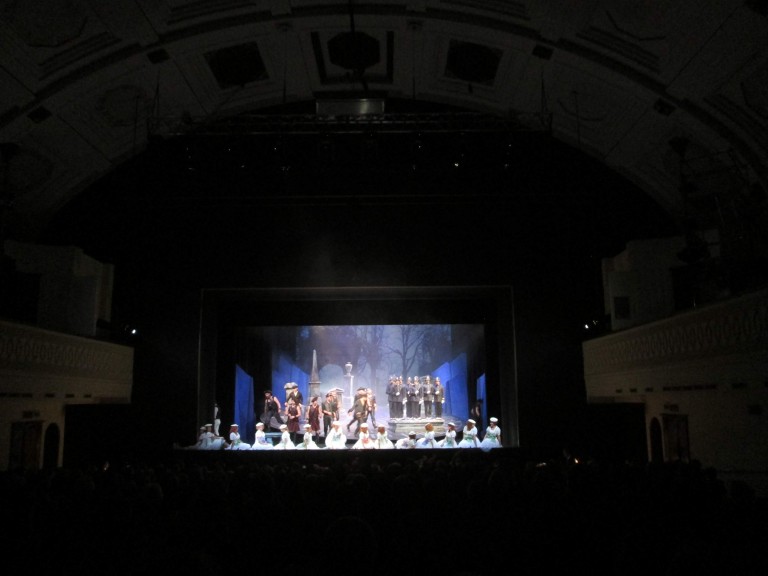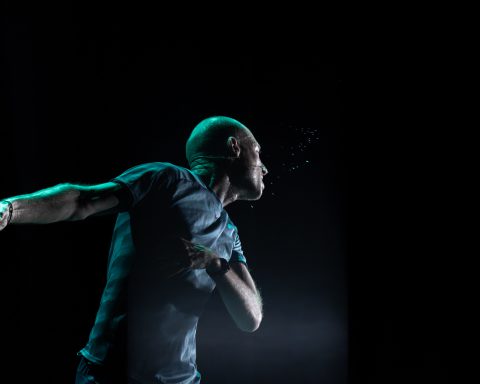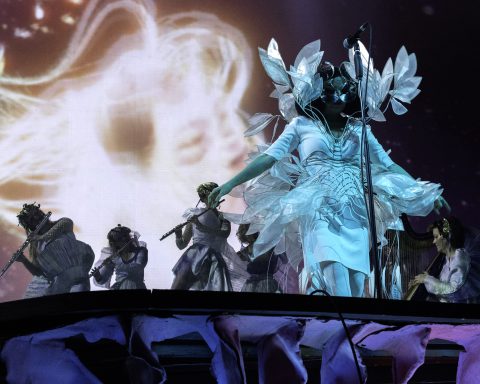We all have one. You know, the “I-just-really-want-to-get-away-from-the-cold” fantasy. Even the most determined “oh but I love autumn” people will have that moment when, drenched and cold, loping home under an umbrella with their takeout dinner, they break and would do anything to be somewhere warm and sunny.
But for me, unlikely as it may seem, the autumn always brings sharp pangs of nostalgia for the cold, and probably rainy, south of England. For nights filled with smoke, drums and fire – lots of fire.

I know drizzly England is a hard sell, but bear with me because autumn is the perfect time to visit. Why? Because it’s bonfire season.
As these long nights roll in across the south coast, we hit back with a unique tradition that dregs up some of the dark, dirty and rebellious bits of English culture.
To cut a history lesson short, on the 5th of November, Brits like to celebrate the time a guy (literally – Guy Fawkes) got hanged, mutilated and cut into quarters (one for every kingdom) for plotting, and getting pretty close to, blowing up Parliament.
In order to commemorate this bloody moment of history, people through the ages have built and burned bonfires with effigies of Guy Fawkes on top. In most parts of the UK, this involves throwing some foil-wrapped potatoes on a fire in your back garden and giving kids some sparklers to play with.
But in Sussex, from October through to November, every weekend a different town holds a bonfire procession.
Streets that are usually deserted aside from the odd urban fox are filled with people. Whole towns pour out onto the black streets lining the procession path. There’s something dangerous and exciting in the air, something about the reversal of the ordinary and so many people being out after dark. Overexcited conversations, people selling roasted chestnuts and candyfloss, grim-faced guys lurking about, bunny ears that light up.
And the procession? You’ll hear it before you see it: thumping drums with a beat you feel in your chest – harsh, almost military.
The precession is made up of the bonfire societies, groups of people trained in the dark arts of fire maintenance. Each society has its own elaborate, heraldic banners they march behind. The marchers, young and old, are smeared in red and black paint and wearing ragged clothes. These range from top hats to Inca-inspired costumes.
There are open flames everywhere, as each marcher holds a blazing torch filling the air with the crackle of open flames and wood smoke.
A fire-eater passes, a man with a shaved head, improbably topless and painted gold. He has some banter with the crowd before blowing a stream of fire into the air. You can feel the sudden burst of heat across your face.
Every few, minutes someone passes dragging a sawn-off half barrel, some for collecting torches that have been dropped, others housing small explosions, loud enough to make you jump and grab your ears.
The main event is the bonfire, stacks of wood meters high topped with a satirical figure ready to burn.
My personal favorite from last year was a giant papier mache David Cameron driving a VW with a grinning pig in the passenger seat (a totally unsubtle reference to the VW emissions scandal and claims Mr. Cameron did some weird things to a roast pig while he was at uni – you can google it).
Even from the distance, the air is dry and hot, and you have to dodge falling sparks from the fire. People hang around to watch some fireworks play out across the sky, then head back home through the night, ready to come out and do it all again in another town the next weekend.

The weather can be pretty grim, and bonfires will battle on through the rain, but these nights are a type of escapism that gets us through the start of winter. It follows that ages-old wisdom that the best way to weather the winter is to light some fires and find some good excuses to celebrate.
By Grace Vogiatzis
Grace is a British print media scholar who recently moved to Leipzig.

